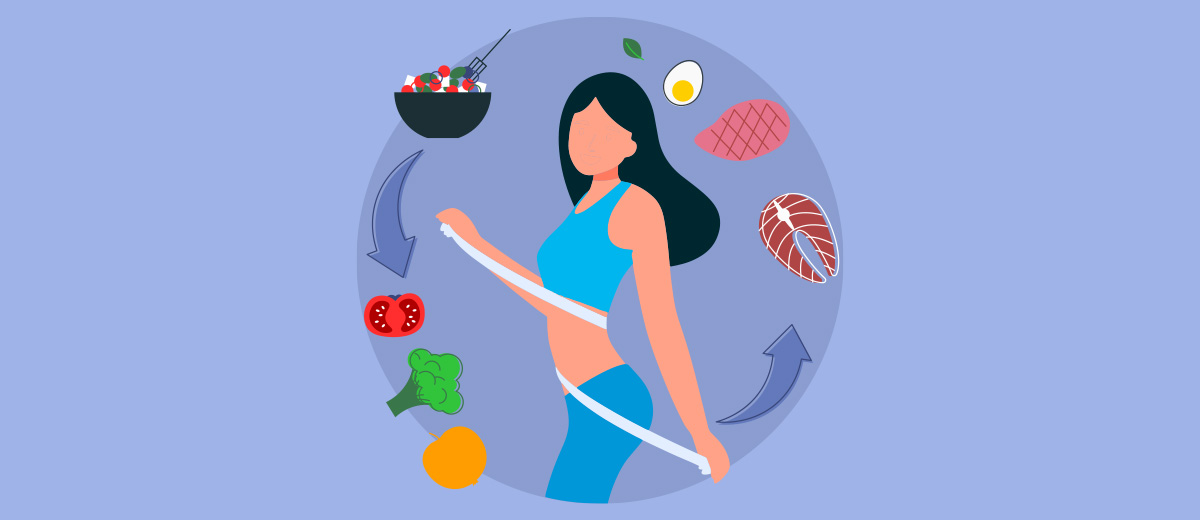What are Negative Calorie Foods? How Do They Support Weight Loss?
In the realm of weight loss and nutrition, the concept of “negative calorie foods” has garnered attention and curiosity. The idea behind negative calorie foods is intriguing – that some foods require more energy for digestion and metabolism than the calories they provide. In this article, we will delve into what negative calorie foods are, explore examples of such foods, and discuss how they can potentially aid in weight loss.
What are Negative Calorie Foods (Zero Calorie Foods)?
Negative calorie foods, often referred to as “calorie-negative” or “zero-calorie” foods, are believed to possess a unique property where the energy expended during their digestion and metabolism surpasses the energy content they contribute. This suggests that consuming these foods could result in a net caloric deficit, theoretically aiding in weight loss.
While the concept of negative calorie foods is intriguing, it’s important to note that no food truly has “negative” calories. Instead, certain foods are considered to have very low-calorie content and are rich in water, fiber, and essential nutrients. These foods require more energy for chewing, digesting, and metabolizing, leading to a perception of increased energy expenditure.
Some examples of foods often associated with negative calorie properties include:
1. Celery:
With its high water and fiber content, celery is often touted as a negative calorie food. It’s low in calories and requires substantial chewing, potentially contributing to a feeling of fullness.
2. Cucumber:
Similarly, cucumber is composed mostly of water, making it a low-calorie option that can be quite filling. Cucumbers are not nutrient dense, however contain Vit K, Vit C, Magnesium and potassium. They are a valuable addition to a well-rounded diet, providing hydration, crunch, and some nutritional benefits.
3. Leafy Greens:
Vegetables like spinach, lettuce, and kale are low in calories and rich in fiber, promoting a sense of fullness while providing essential nutrients. Leafy greens are nutritional powerhouses, rich in a wide range of vitamins, minerals, and other beneficial compounds. Different types of leafy greens may have slightly varying nutrient profiles, but they commonly contain Vit A, Vit C, Vit K, Folate & minerals like Potassium, Magnesium, iron & Calcium. They also contain anti-oxidants like beta-carotene, lutein, and zeaxanthin, which help protect cells from oxidative stress and may support eye health.
4. Berries:
Berries such as strawberries, blueberries, and raspberries are not only low in calories but also packed with antioxidants and fiber. They also contain vitamins & minerals and the nutrient content may vary between different types of berries.
5. Watermelon:
With its high water content, watermelon is often considered a refreshing and hydrating snack that can contribute to satiety. Just be mindful of portion sizes if you’re watching your carbohydrate intake, as watermelon does contain natural sugars, which can spike blood sugar levels.
6. Broccoli:
Broccoli is nutrient-dense and fibrous, making it a popular choice among those seeking to manage their calorie intake. Broccoli is a versatile vegetable that can be enjoyed in a variety of dishes, from salads and stir-fries to soups and casseroles. Its nutrient density and potential health benefits make it a valuable addition to a balanced diet.
Role of Negative Calorie Foods in Weight Loss:
While the concept of negative calorie foods is captivating, it’s crucial to approach it with a balanced perspective. While these foods may have very low-calorie content and contribute to a feeling of fullness, they alone cannot guarantee weight loss. Weight loss is a complex process that involves a combination of factors, including overall calorie intake, physical activity, metabolism, and individual body composition.
http://gmfactoryrolex.com/ about a fantastic read covercorner.co.uk Diamond tomford
Hunger Pangs can be satiated by consuming negative calorie foods, instead of sugary treats.
The idea of negative calorie foods adds an interesting layer to the conversation about weight loss and nutrition. While foods with low-calorie content and high water and fiber content may provide a sense of fullness and contribute to overall calorie reduction, they should be part of a well-rounded and balanced diet. Incorporating these foods into your meals and snacks can contribute to a healthier eating pattern and support your weight loss goals. However, it’s essential to maintain a holistic approach by combining a variety of nutrient-rich foods with regular physical activity for effective and sustainable weight management. As always, consulting with a healthcare professional or registered dietitian before making significant dietary changes is advisable.






